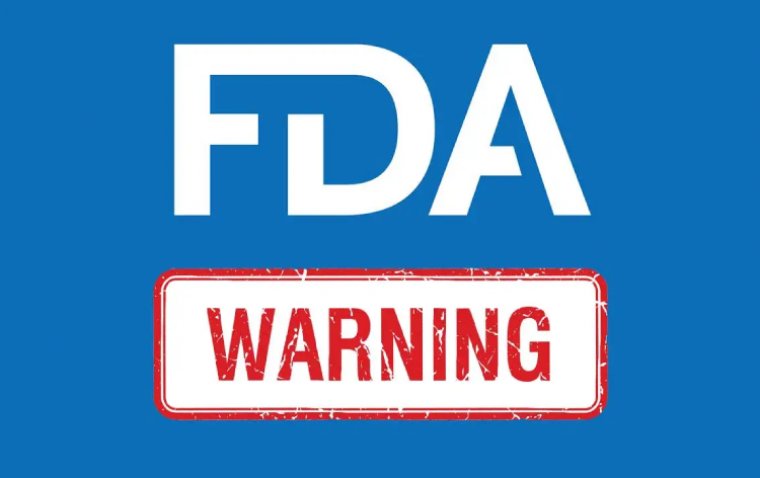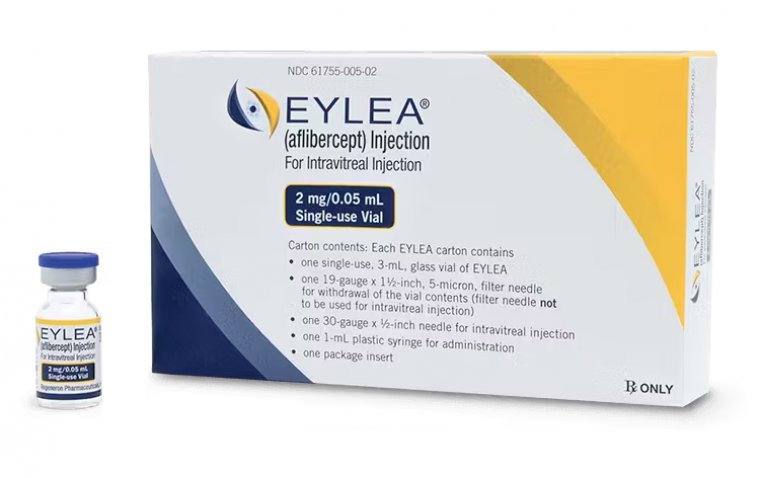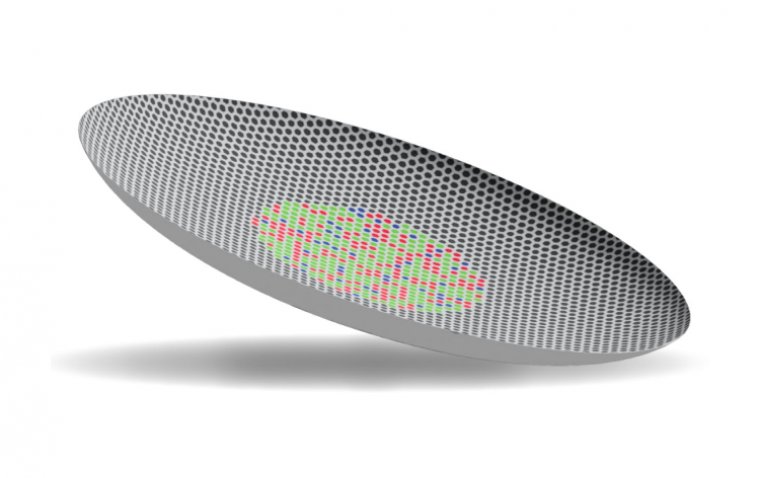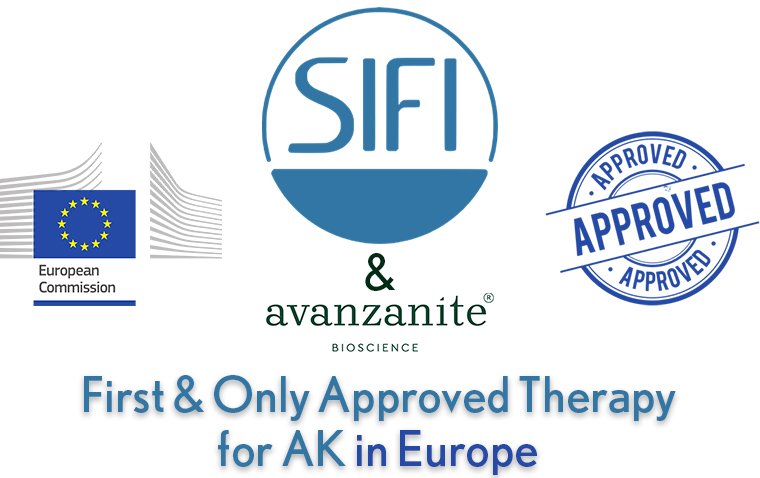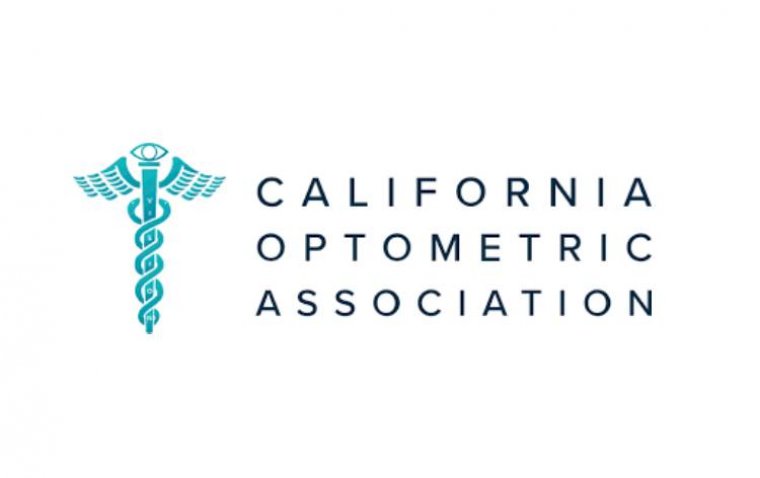
FDA Approves Amneal’s Prednisolone Acetate Ophthalmic Suspension for Steroid-Responsive Ocular Inflammation
Amneal Pharmaceuticals has announced that the U.S. Food and Drug Administration (FDA) has approved its prednisolone acetate ophthalmic suspension, 1%, a sterile topical anti-inflammatory agent intended for steroid-responsive ocular inflammation.
Product Overview and Brand Reference
The newly approved formulation references Pred Forte, a well-known corticosteroid eye drop. Pred Forte and its design are trademarks of Allergan, Inc., an AbbVie company.
Amneal’s product offers an additional FDA-approved option for clinicians managing ocular inflammation that responds to corticosteroids, such as post-surgical inflammation or uveitis.
Executive Commentary on the Approval
Andy Boyer, Executive Vice President and Chief Commercial Officer of Affordable Medicines at Amneal, highlighted the significance of the approval:
“Our Affordable Medicines portfolio continues to grow with a strong and diverse pipeline that supports broader access to high-quality treatments across the U.S. healthcare system. The approval of prednisolone acetate ophthalmic suspension—a complex product to develop and manufacture—highlights the depth of our R&D capabilities and the strength of our manufacturing and supply operations.”
Amneal’s Affordable Medicines segment spans a wide array of complex products, including injectables and biosimilars, with a strong emphasis on access and affordability in U.S. healthcare.
Commercial Launch and Safety Profile
The U.S. commercial launch of prednisolone acetate ophthalmic suspension is scheduled for Q3 of 2025. As with other corticosteroid eye treatments, clinicians should monitor patients closely for adverse effects.
The most commonly reported side effects in clinical studies include:
• Elevation of intraocular pressure (IOP), with the potential risk of glaucoma
• Infrequent cases of optic nerve damage
• Posterior subcapsular cataract formation
• Delayed wound healing
(1).jpg)
